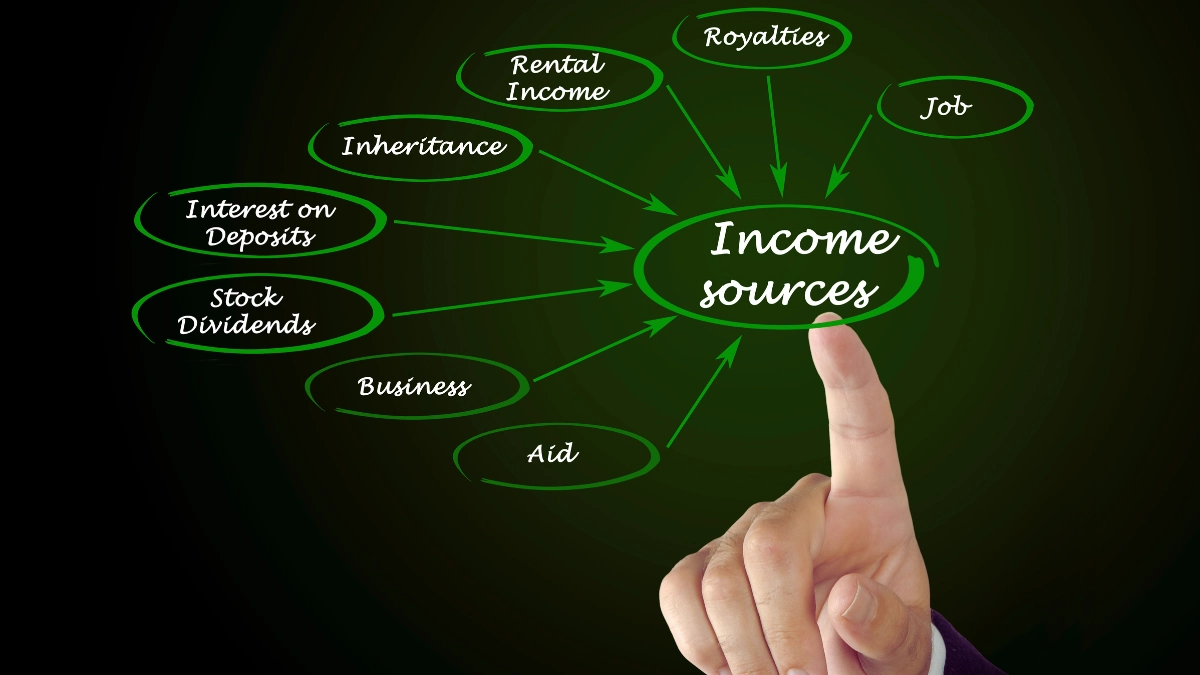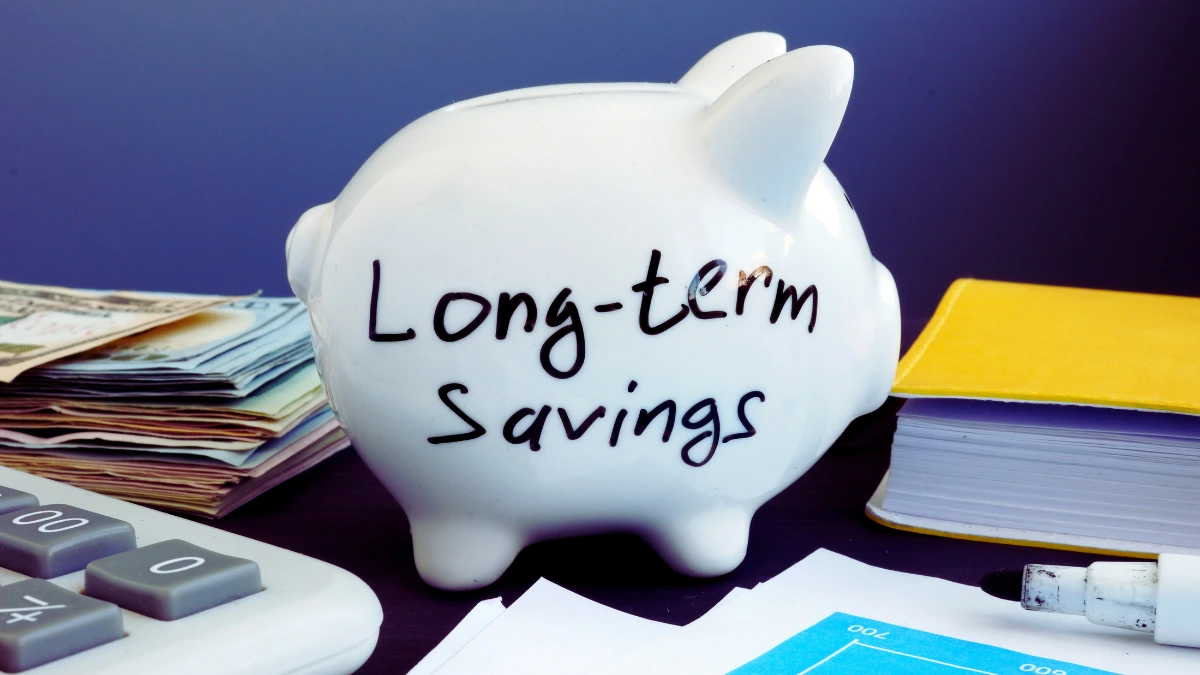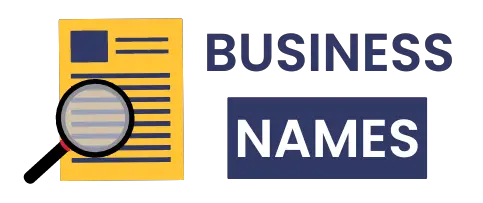Most retirees panic when their regular paychecks stop. They watch their savings shrink with every withdrawal, never knowing if their money will last.
You’ve worked decades building wealth, but now what? Random withdrawals feel reckless. Market crashes terrify you. Will you outlive your money? The uncertainty keeps you awake at night.
I solved this by engineering my own retirement “salary” system. For three years, I’ve paid myself consistent monthly amounts from my investments, just like getting a paycheck.
My method uses a simple three-bucket strategy that weathers market storms while funding my lifestyle. Here’s step-by-step exactly how I built this system.
Step 1: Assessing All Income Sources

Building a comprehensive picture of my retirement income required careful examination of every potential cash flow stream. This foundational step determined how much I needed to generate from my investments to bridge any gaps.
• Social Security Benefits: I logged into my Social Security account online and printed my benefit estimate for full retirement age. The timing of when I claimed benefits significantly impacted my monthly payments, so I studied the difference between claiming at 62 versus waiting until 70. Delaying benefits increased my monthly payment by 8% per year, making it worth considering if I had other income sources to bridge the gap.
• Pension Payments: I contacted my former employer’s HR department to confirm exact monthly payouts, payment start dates, and survivor benefit options. These conversations revealed important details about cost-of-living adjustments and whether I could take a lump sum instead of monthly payments. Understanding these nuances helped me plan my overall withdrawal strategy.
• Investment Account Balances: I gathered statements from all 401(k)s, IRAs, and brokerage accounts across multiple institutions. Some accounts had been forgotten for years, so this process uncovered hidden assets. I calculated totals and used retirement calculators to estimate sustainable withdrawal rates based on my age and risk tolerance.
• Part-time Work Opportunities: I evaluated realistic income from consulting, part-time employment, or freelance work in my field. Even modest earnings reduced pressure on my portfolio withdrawals while keeping me engaged and mentally active. This income stream provided flexibility during market downturns.
• Rental Income and Other Streams: I assessed potential income from rental properties, royalties, or other passive income sources. These streams required careful analysis of maintenance costs, vacancy rates, and tax implications, but they provided valuable diversification beyond traditional investments.
Step 2: Calculating My Monthly “Salary” Need

Determining my retirement salary required brutal honesty about spending habits and lifestyle expectations. I spent three months tracking every expense to understand my true financial needs.
• Fixed Monthly Expenses: Mortgage payments, property taxes, insurance premiums, and utility bills formed my foundation costs that wouldn’t change in retirement. I added grocery expenses, which I expected to remain stable or increase with more home cooking. These predictable costs created the baseline for my retirement salary calculation.
• Healthcare Costs: Medicare premiums, supplemental insurance, and prescription costs deserve special attention because they typically increase with age. I researched average out-of-pocket expenses for my age group and health status, then added a buffer for unexpected medical needs. Long-term care insurance also factored into these calculations.
• Variable Lifestyle Expenses: Travel plans, dining out, hobbies, and entertainment required careful consideration because I wanted to maintain my quality of life. I planned for increased travel during early retirement years when I’d be more active, then gradually reducing these expenses as I aged. Flexibility in this category provided adjustment opportunities during market downturns.
• Emergency Buffer: After totaling fixed and variable expenses, I added a 15% cushion for surprises like home repairs, car maintenance, and other unexpected costs. This buffer prevented me from dipping into investment principal for routine emergencies that always seem to arise.
• Inflation Protection: I calculated how inflation would affect my purchasing power over 20-30 years of retirement. Using historical inflation rates, I estimated that my expenses would double over two decades, requiring my investment strategy to account for this reality through growth-oriented investments.
Step 3: The Three-Bucket Strategy—My Cash Flow Engine

Creating predictable cash flow from volatile investments required a systematic approach that could weather market storms while supporting my lifestyle.
The three-bucket strategy became my solution for managing both growth and stability.
This system separates money based on when I need it, allowing each bucket to serve a specific purpose. Short-term needs stay in safe, liquid accounts.
Medium-term reserves protect against market volatility. Long-term investments focus purely on growth and inflation protection.
Bucket 1: Paycheck Fuel Tank (Short-Term Needs)

My first bucket holds six to twelve months of living expenses in high-yield savings accounts.
This money never touches the stock market because I need guaranteed access without worrying about market timing.
Every month, I transfer my calculated salary amount from this bucket to my checking account.
The process feels exactly like receiving a paycheck from an employer. Automatic transfers happen on the same day each month, creating a predictable cash flow.
I chose Ally Bank for this bucket because of their competitive interest rates and no minimum balance requirements.
The account earns enough to offset some inflation while maintaining complete liquidity. When this bucket drops below six months of expenses, I replenish it from Bucket 2.
The psychological benefit of this approach cannot be overstated. Knowing I have immediate access to cash eliminates the stress of watching daily market fluctuations.
I sleep better knowing my next six months of expenses are secure regardless of what happens on Wall Street.
Bucket 2: Shock Absorber Reserve (Intermediate Needs)

Bucket 2 serves as my market volatility buffer, holding one to three years of living expenses in conservative investments. This bucket protects me from selling growth investments during market downturns.
My allocation includes money market funds and Treasury Inflation-Protected Securities (TIPS) with varying maturity dates. These investments provide modest returns while preserving principal. I ladder the TIPS to mature at different times, creating a predictable cash flow.
Quarterly reviews determine when to move money from Bucket 2 to Bucket 1. During strong market years, I replenish Bucket 2 by selling appreciated assets from Bucket 3. When markets struggle, I let Bucket 2 provide the necessary cash without touching long-term investments.
This strategy proved invaluable during the 2022 market decline. While my growth investments fell, I continued paying myself without selling anything at depressed prices. Bucket 2 absorbed the impact, allowing my growth investments time to recover.
Bucket 3: Growth Turbine (Long-Term Needs)

My growth bucket focuses entirely on long-term wealth building and inflation protection. This money stays invested in a diversified portfolio of stocks and bonds, designed to grow over decades.
Asset allocation reflects my risk tolerance and time horizon. I maintain 50% in US total stock market funds, 20% in international stocks, 20% in US bonds, and 10% in TIPS. This mix provides growth potential while managing risk through diversification.
Strong market years trigger sales from this bucket to replenish Bucket 2.
Bear markets trigger patience, not panic selling. This approach preserves the compounding power of long-term investing while managing sequence-of-returns risk.
Rebalancing happens annually, selling high-performing assets and buying underperformers. This disciplined approach forces me to buy low and sell high, maintaining my target allocation regardless of market emotions.
Step 4: Structuring My Withdrawal Strategy

Transforming my investment portfolio into reliable income required multiple withdrawal approaches working together. No single method could provide the flexibility and security I needed for decades of retirement.
My strategy combines systematic withdrawals with income-generating investments and guaranteed annuity payments. This diversified approach reduces dependence on any single method while maximizing tax efficiency.
1. Systematic Withdrawals

My systematic withdrawal plan follows a modified version of the 4% rule, adjusted for market conditions and personal circumstances. I calculate 4% of my portfolio value annually, then divide by 12 for monthly withdrawals.
The process begins each January with a portfolio valuation. I adjust the previous year’s withdrawal amount for inflation, then compare it to 4% of the current portfolio value. If markets performed well, I might increase withdrawals slightly. After poor market years, I reduce withdrawals to preserve capital.
Automatic monthly transfers from my IRA and brokerage accounts ensure consistent cash flow. I coordinate these transfers with Social Security and pension payments to smooth out monthly income variations. The timing creates a predictable cash flow similar to employment paychecks.
My brokerage firm handles the mechanics through its systematic withdrawal program. They sell the appropriate mix of investments each month, maintaining my target asset allocation automatically. This removes emotion from the selling process while ensuring diversified liquidation.
2. Income-Generating Investments

Dividend-paying stocks and bonds provide natural income without requiring principal sales. I selected investments specifically for their income-generating characteristics while maintaining growth potential.
My dividend strategy focuses on companies with long histories of increasing payments. Utilities, consumer staples, and real estate investment trusts form the foundation. These sectors provide steady income even during market volatility.
Bond investments include a mix of government and corporate securities with staggered maturity dates. As bonds mature, I reinvest the principal in new bonds at current interest rates. This approach provides regular interest payments while managing interest rate risk.
I direct all dividends and interest payments straight to my checking account rather than reinvesting them. This creates natural cash flow that reduces the need to sell principal during market downturns. The income supplements my systematic withdrawals, providing additional flexibility.
3. Considering Annuities

Fixed annuities provide guaranteed income regardless of market conditions, creating a pension-like payment stream. I allocated a portion of my portfolio to a fixed annuity for additional security and peace of mind.
The annuity purchase required careful consideration of insurance company ratings, fees, and payment options. I chose a well-rated company with competitive payout rates and selected joint-life payments to protect my spouse. The monthly payments begin immediately, providing predictable income.
While annuities sacrifice some growth potential, they eliminate longevity risk and market volatility concerns. The guaranteed payments continue for life, providing security that investment portfolios cannot match. This trade-off made sense for a portion of my retirement assets.
I avoid variable annuities due to their complexity and high fees. Fixed annuities offer simplicity and predictability, which aligns better with my retirement income goals. The guaranteed payments complement my investment withdrawals without adding unnecessary complications.
Step 5: Managing Taxes and Optimizing Withdrawals

Tax efficiency became crucial for maximizing my retirement income. Strategic withdrawal sequencing and careful planning reduced my annual tax burden by thousands of dollars.
• Taxable Brokerage Accounts First: I prioritized withdrawals from taxable accounts to take advantage of favorable long-term capital gains rates. These rates are typically lower than ordinary income tax rates, especially for retirees in lower tax brackets. I held investments for more than one year to qualify for long-term treatment, significantly reducing my tax burden.
• Tax-Deferred Account Management: After exhausting taxable accounts, I moved to 401(k) and IRA withdrawals while carefully managing my tax bracket. I calculated the top of each tax bracket and structured withdrawals to stay within favorable rates. This approach prevented pushing myself into higher tax brackets unnecessarily.
• Roth IRA Preservation: I saved Roth accounts for last because withdrawals are tax-free and don’t affect my tax bracket. These accounts continued growing tax-free while I used other sources first. Roth withdrawals also don’t count toward Medicare premium calculations, providing additional savings on healthcare costs.
• Municipal Bond Strategy: In taxable accounts, I invested in municipal bonds that provide tax-free interest income. For retirees in higher tax brackets, the after-tax yield often exceeded taxable bonds. This strategy reduced my overall tax burden while providing steady income.
• Tax-Loss Harvesting: I regularly sold investments at a loss to offset capital gains, reducing my annual tax burden. This strategy worked particularly well during volatile market years when some investments declined while others gained. The tax savings improved my overall investment returns.
• Required Minimum Distribution Planning: Starting at age 73, I calculated required minimum distributions from tax-deferred accounts to avoid penalties. I integrated these mandatory withdrawals into my overall withdrawal strategy, ensuring I met requirements while minimizing taxes.
• Quarterly Tax Payments: I made estimated quarterly tax payments to avoid penalties and interest charges. This approach also helped me budget for taxes throughout the year rather than facing a large bill at tax time.
Step 6: Setting Up a Cash Buffer

My cash buffer strategy evolved from hard-learned lessons about market timing and liquidity needs. Initially, I kept minimal cash reserves, believing that invested money always outperformed savings accounts. Market volatility quickly changed my perspective.
The 2008 financial crisis taught me the value of cash reserves, even though I was still working then. Watching friends struggle with forced early retirement during market downturns convinced me that cash buffers were essential for retirement success. I decided that opportunity cost was less important than financial security.
I now keep a full year’s worth of living expenses spread across several high-yield savings accounts. This exceeds conventional wisdom but provides psychological comfort and financial flexibility. The extra cash allows me to reduce investment withdrawals during market stress, preserving long-term portfolio growth.
Interest rates fluctuate, but I prioritize safety and liquidity over maximizing returns on this money. Online banks typically offer the best rates with FDIC protection. I ladder certificates of deposit for a portion of the buffer, earning slightly higher rates while maintaining access to cash through staggered maturity dates.
Step 7: Monitoring and Adjusting Annually

My annual review process happens every January, when I assess the previous year’s performance and make necessary adjustments. This systematic approach prevents emotional decision-making while ensuring my strategy remains aligned with changing circumstances.
• Spending Analysis: I compare actual spending against my budgeted projections to identify areas where I overspent or underspent. This analysis reveals trends in my spending habits and helps me adjust future budgets accordingly. Categories like healthcare and home maintenance often exceed projections, while others like entertainment might come in under budget.
• Portfolio Performance Review: I examine my investment returns against relevant benchmarks and my expectations. Strong market years might allow increased spending, while poor performance triggers spending reductions. I also rebalance my portfolio to maintain target asset allocations, selling winners and buying losers to maintain discipline.
• Withdrawal Rate Assessment: I calculate my actual withdrawal rate relative to my portfolio value to ensure long-term sustainability. If withdrawals exceed 4-5% of portfolio value, I consider reducing expenses or adjusting my strategy. This metric helps me gauge whether I’m on track for a 30-year retirement.
• Health Insurance Updates: I review Medicare plan options during open enrollment periods, comparing costs and coverage. Healthcare expenses often change significantly year to year, so staying current with plan options can save thousands annually. I also assess whether my healthcare budget remains adequate.
• Estate Planning Updates: I review and update beneficiary designations on all accounts, ensure my will remains current, and assess whether my estate plan reflects my current wishes. Changes in family circumstances or tax laws might require updates to trusts or other estate planning documents.
• Tax Strategy Optimization: I review the previous year’s tax situation and plan strategies for the upcoming year. This includes evaluating Roth conversion opportunities, timing of investment sales, and charitable giving strategies that might reduce taxes while supporting causes I care about.
• Social Security Optimization: For those not yet claiming benefits, I reassess the optimal timing for starting Social Security payments based on health, financial needs, and longevity projections. Even small timing changes can significantly impact lifetime benefits.
Tips and Lessons Learned

My retirement income system evolved through trial and error, market volatility, and changing personal circumstances. These experiences taught me valuable lessons that shaped my current approach.
• Automation Eliminates Emotion: Setting up automatic transfers removed emotional decision-making from my withdrawal process. When market headlines scream doom, my transfers continue without my intervention. This systematic approach prevents panic decisions that could damage long-term financial security. I learned this lesson during the 2020 market crash when automation kept my income steady while I watched portfolios recover.
• Flexibility Within Structure: While my system provides predictable income, annual reviews allow adjustments based on market performance and personal needs. Rigid adherence to rules without considering circumstances leads to poor outcomes. I adjust spending up during good market years and reduce discretionary expenses during downturns, maintaining long-term sustainability.
• Income Source Diversification: Relying on multiple income streams reduced my dependence on any single source. When one stream underperforms, others provide stability. This approach proved valuable when dividend cuts affected my income-generating investments, but Social Security and pension payments continued unchanged.
• Professional Guidance Value: Working with a fee-only financial advisor provided objective guidance during emotional market periods. Their expertise in tax strategies, estate planning, and withdrawal optimization saved me more than their fees cost. However, I maintained control over major decisions while benefiting from their knowledge.
• Record Keeping Importance: Maintaining detailed records simplifies tax preparation and estate planning. I track all withdrawals, investment sales, and tax payments in a simple spreadsheet. This organization saves time and money when working with tax professionals and provides clarity for beneficiaries.
• Beneficiary Designation Updates: I learned to review beneficiary designations annually after a friend’s family faced complications when his accounts had outdated information. These designations override wills, making them crucial for estate planning. I keep a master list of all accounts and their designated beneficiaries.
• Tax Law Awareness: Staying informed about tax law changes helped me adapt my withdrawal strategies. Tax laws affecting retirees change frequently, and early awareness allows for strategic adjustments. I subscribe to reputable financial publications and consult with tax professionals when major changes occur.

